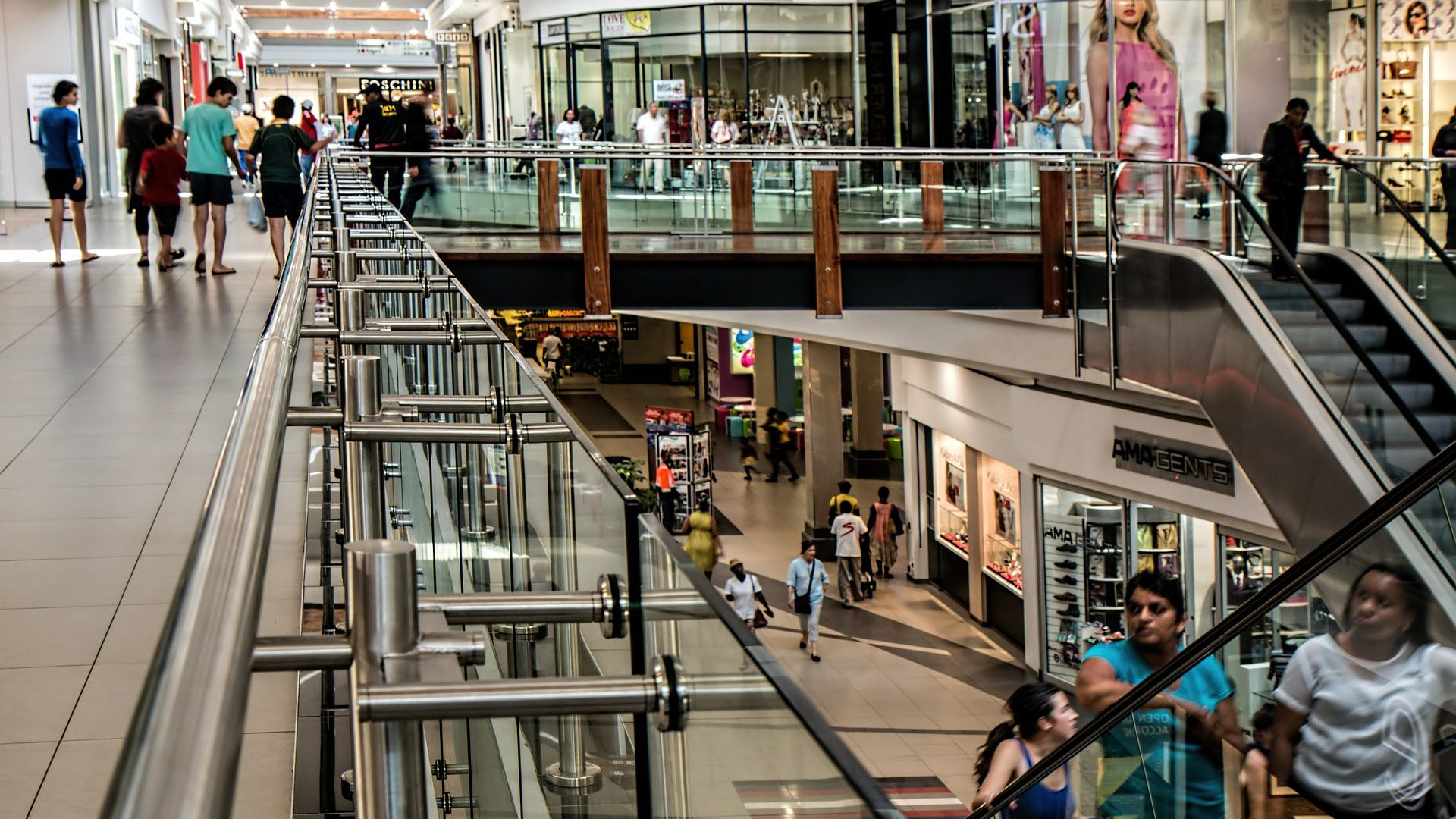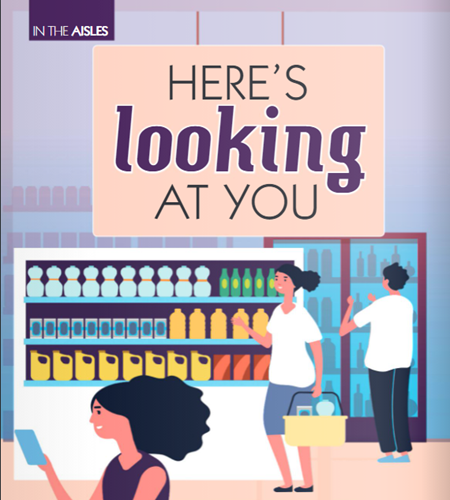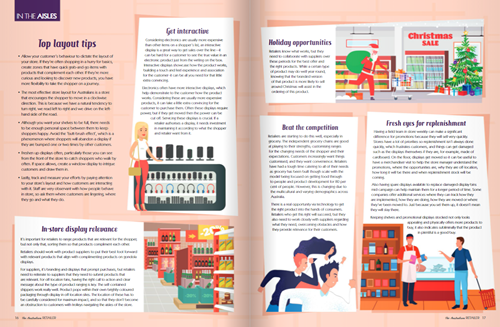“Consumers are seeking a more engaging and seamless hopping experience which is why its important that brands create a close and engaging connection with the customer and ensure their products stand out in store”
Considering electronics are usually more expensive than other items on a shopper’s list, an interactive display is a great way to get sales over the line—it can be hard for a customer to see the true value in an electronic product just from the writing on the box. Interactive displays showcase how the product works, building a touch and feel experience and association for the customer–it can be all you need for that little extra convincing.
Electronics often have more interactive displays, which help demonstrate to the customer how the product works. Considering these are usually more expensive products, it can take a little extra convincing for the customer to purchase them. Often these displays require power, but if they get moved then the power can be cut off. Servicing these displays is crucial. If a retailer authorises a display, it needs investment in maintaining it according to what the shopper and retailer want from it.
Top layout tips
• Allow your customer’s behaviour to dictate the layout of your store. If they’re often shopping in a hurry for basics, create zones that have quick grab-and-go items with products that complement each other. If they’re more curious and looking to discover new products, you have more flexibility to take the shopper on a journey.
• The most effective store layout for Australians is a store that encourages the shopper to move in a clockwise direction. This is because we have a natural tendency to turn right, we read left to right and we drive on the left-hand side of the road.
• Although you want your shelves to be full, there needs to be enough personal space between them to keep shoppers happy. Avoid the ‘butt-brush effect’, which is a phenomenon where shoppers will abandon a display if they are bumped one or two times by other customers.
• Freshen up displays often, particularly those you can see from the front of the store to catch shoppers who walk by often. If space allows, create a window display to intrigue customers and draw them in.
• Lastly, track and measure your efforts by paying attention to your store’s layout and how customers are interacting with it. Staff are very observant with how people behave in store, so ask them where customers are lingering, where they go and what they do.
In-store display relevance
It’s important for retailers to range products that are relevant for the shopper, but not only that, sorting them so that products compliment each other. Retailers should work with product suppliers to put their best foot forward with relevant products that align with complimenting products on gondola displays. For suppliers, it’s branding and displays that prompt purchases, but retailers need to reiterate to suppliers that they need to submit products that are relevant. For off-location bins, having the right call to action and clear message about the type of product ranging is key. The self-contained shippers work really well. Product pops within their own brightly coloured packaging through display in off-location sites. The location of these has to be carefully considered for maximum impact, and so that they don’t become an obstruction to customers with trolleys navigating the aisles of the store.
Holiday opportunities
Retailers know what works, but they need to collaborate with suppliers over these periods for the best offer and the right products. While a certain type of product may do well year-round, knowing that the branded version of that product is more likely to sell around Christmas will assist in the ordering of this product.
Australian Retailer Feature Article.
Beat the competition
Retailers are starting to do this well, especially in grocery. The independent grocery chains are good at playing to their strengths; customising ranges for the changing needs of the shopper and their expectations. Customers increasingly want things customised, and they want convenience. Retailers have had a tough time catering to all of their needs as grocery has been built though scale with the model being focused on getting food through to people and product development for 80 per cent of people. However, this is changing due to the multicultural and varying demographics across Australia.
There is a real opportunity via technology to get the right product into the hands of consumers. Retailers who get this right will succeed, but they also need to work closely with suppliers regarding what they need, overcoming obstacles and how they provide relevance for their customers
Fresh eyes for replenishment
Having a field team in store weekly can make a significant difference for promotions because they will sell very quickly. Stores have a lot of priorities so replenishment isn’t always done quickly, which frustrates customers, and things can get damaged such as the displays themselves if they are, for example, made of cardboard. On the floor, displays get moved so it can be useful to have a merchandiser visit to help the store manager understand the promotions, where the opportunities are, why they are off-location, how long it will be there and when replenishment stock will be coming.
Also having spare displays available to replace damaged display bins mid-campaign can help maintain them for a longer period of time. Some companies offer additional services where they can track how they are implemented, how they are doing, how they are moved or where they’ve been moved to. Just because you set them up, it doesn’t mean they will stay there. Keeping shelves and promotional displays stocked not only looks appealing and physically offers more products to buy, it also indicates subliminally that the product in plentiful is a good buy.
This excerpt feature is from Australian Retailer.



